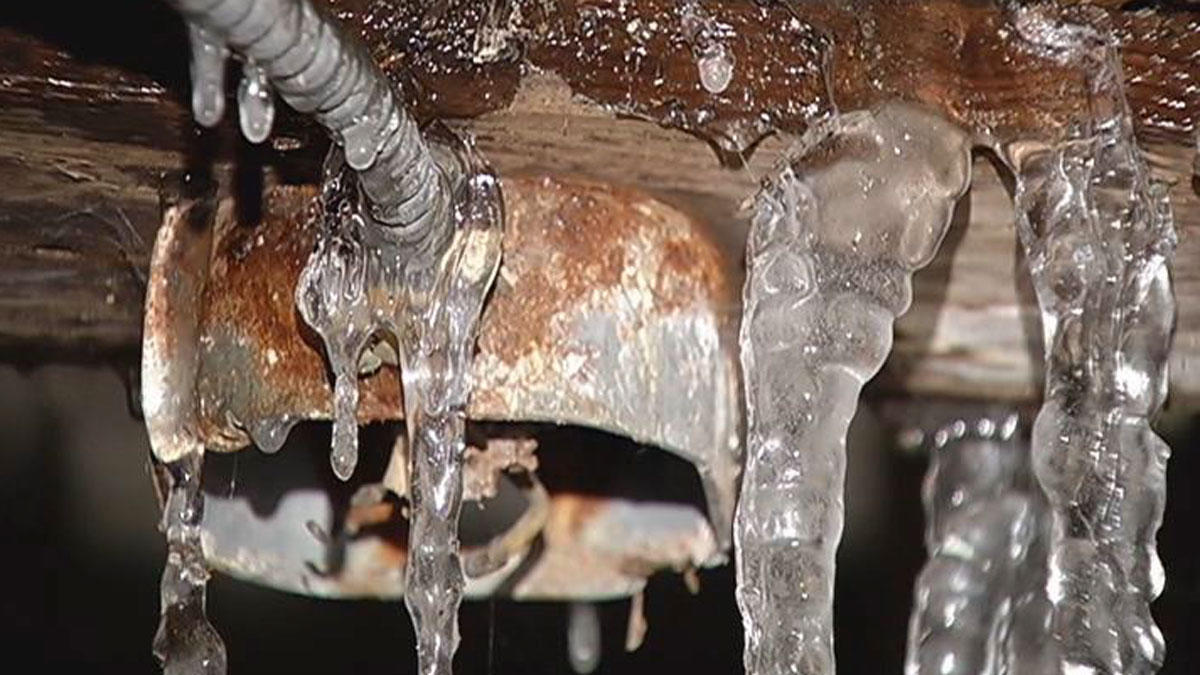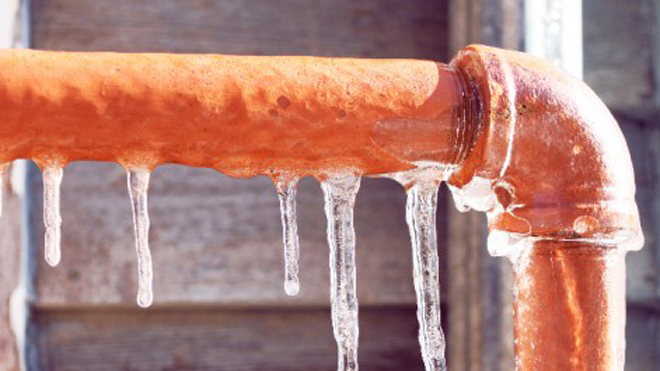What are your thoughts on How to prepare your home plumbing for winter weather?

Cold weather can damage your plumbing, particularly by freezing pipes. Here's just how to prevent it from happening and what to do if it does.
Intro
As temperatures decline, the threat of icy pipelines boosts, potentially causing expensive repairs and water damages. Recognizing exactly how to avoid frozen pipelines is vital for property owners in cold environments.
Prevention Tips
Shielding susceptible pipelines
Wrap pipelines in insulation sleeves or utilize heat tape to secure them from freezing temperature levels. Focus on pipelines in unheated or exterior areas of the home.
Home heating techniques
Keep interior spaces appropriately heated, particularly locations with pipes. Open cabinet doors to enable warm air to flow around pipelines under sinks.
Just how to recognize frozen pipes
Try to find lowered water flow from faucets, uncommon smells or sounds from pipelines, and visible frost on subjected pipes.
Long-Term Solutions
Architectural adjustments
Consider rerouting pipes away from outside walls or unheated locations. Include additional insulation to attic rooms, basements, and crawl spaces.
Updating insulation
Purchase high-quality insulation for pipelines, attics, and wall surfaces. Correct insulation assists maintain consistent temperature levels and lowers the threat of frozen pipes.
Shielding Outside Plumbing
Garden hoses and outdoor taps
Separate and drain pipes yard hose pipes prior to winter season. Mount frost-proof spigots or cover exterior faucets with insulated caps.
Comprehending Icy Pipelines
What creates pipes to ice up?
Pipelines ice up when subjected to temperature levels below 32 ° F (0 ° C) for prolonged periods. As water inside the pipes freezes, it expands, taxing the pipe walls and possibly causing them to burst.
Dangers and damages
Icy pipelines can cause water supply disturbances, home damage, and costly repair services. Burst pipes can flooding homes and trigger extensive architectural damages.
Indications of Frozen Pipes
Determining frozen pipelines early can prevent them from bursting.
What to Do If Your Pipes Freeze
Immediate activities to take
If you suspect icy pipelines, keep taps available to eliminate pressure as the ice thaws. Utilize a hairdryer or towels taken in hot water to thaw pipelines slowly.
Final thought
Preventing frozen pipes needs aggressive actions and fast actions. By understanding the reasons, signs, and preventive measures, property owners can secure their pipes during cold weather.
5 Ways to Prevent Frozen Pipes
Drain Outdoor Faucets and Disconnect Hoses
First, close the shut-off valve that controls the flow of water in the pipe to your outdoor faucet. Then, head outside to disconnect and drain your hose and open the outdoor faucet to allow the water to completely drain out of the line. Turn off the faucet when done. Finally, head back to the shut-off valve and drain the remaining water inside the pipe into a bucket or container. Additionally, if you have a home irrigation system, you should consider hiring an expert to clear the system of water each year.
Insulate Pipes
One of the best and most cost-effective methods for preventing frozen water pipes is to wrap your pipes with insulation. This is especially important for areas in your home that aren’t exposed to heat, such as an attic. We suggest using foam sleeves, which can typically be found at your local hardware store.
Keep Heat Running at 65
Your pipes are located inside your walls, and the temperature there is much colder than the rest of the house. To prevent your pipes from freezing, The Insurance Information Institute suggests that you keep your home heated to at least 65 degrees, even when traveling. You may want to invest in smart devices that can keep an eye on the temperature in your home while you’re away.
Leave Water Dripping
Moving water — even a small trickle — can prevent ice from forming inside your pipes. When freezing temps are imminent, start a drip of water from all faucets that serve exposed pipes. Leaving a few faucets running will also help relieve pressure inside the pipes and help prevent a rupture if the water inside freezes.
Open Cupboard Doors
Warm your kitchen and bathroom pipes by opening cupboards and vanities. You should also leave your interior doors ajar to help warm air circulate evenly throughout your home.

I recently found that write up about Prevent Frozen Pipes when surfing around the search engines. Do you know another individual who is fascinated by the niche? Take a moment to promote it. Thank-you for taking the time to read it.
Click Here